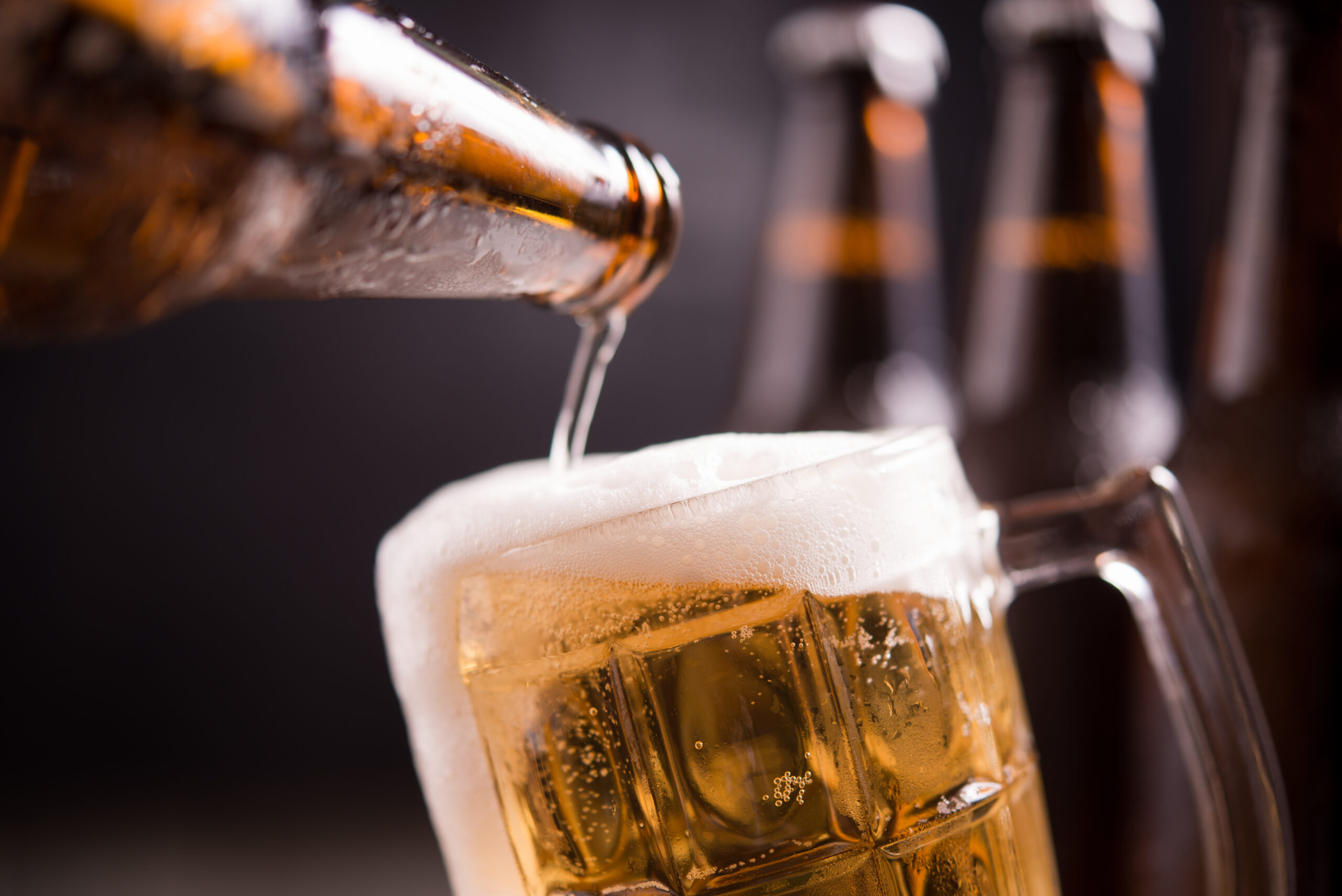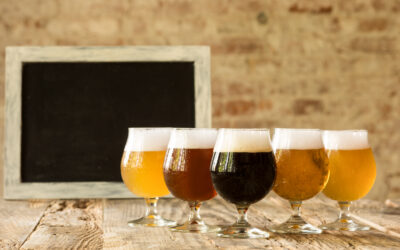Since earliest times, brewers have been caught between supplying two conflicting demands. Beer needs to be good enough to savour, and cheap enough to afford. Craft brewers concentrate on the first, industrial brewers on the second.
In the first half of the 20th century, a schism began to arise between two different types of brewery. Large, financially driven companies focussed on “industrial” methods of production to cut costs compromising quality as little as possible. Meanwhile, other mostly smaller breweries, continued to make beers with fuller flavour and more individuality character, using more traditional methods.
In the late 1960s in northern France and southern Belgium, some small brewers began to use the term bière artisanale to distinguish their locally made ales from the mass-produced lagers that had flooded their markets in the post-war era. Legendary beer writer Michael Jackson later translated this into English, as “craft” beer.
Brewing technology has been improving non-stop since ancient times, but the wholesale industrialisation of beer-making in Europe only really began in the 1930s, with new business models that prioritised profits over quality, arriving in the 1950s.
Among consumers, the revival of interest in more complex, fuller-flavoured beers, nowadays referred to variously as ‘craft’, ‘traditional’, ‘heritage’, or ‘special’, began in the 1970s, but only really blossomed after the arrival of the internet and social media.
Prior to the COVID-19 pandemic in 2020, industrial brewers in Europe were realising that for beer to maintain its place in the alcoholic beverage market, they needed the craft brewers, because they were the ones making beer more interesting, while craft brewers needed the big brewers, because they held control the markets.
In the post-COVID era, the rules have yet to be decided.





